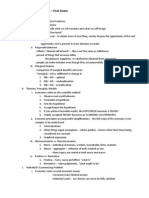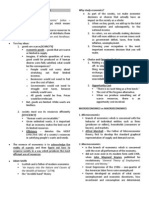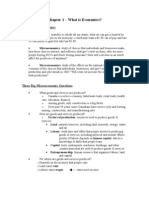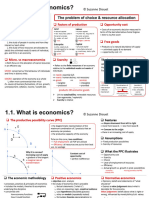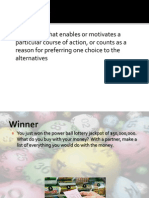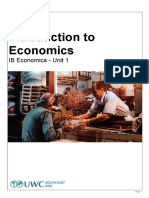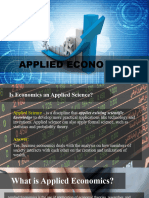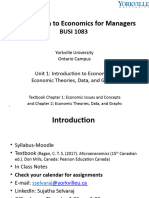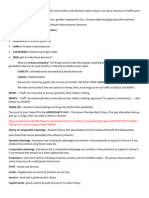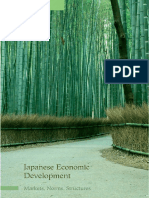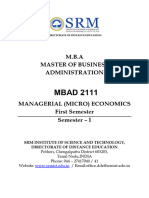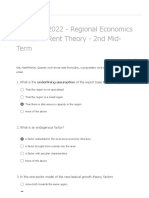0% found this document useful (0 votes)
45 views7 pagesLecture 1
The document covers fundamental economic questions regarding production, distribution, and methods in microeconomics, emphasizing concepts like trade-offs, opportunity cost, and efficiency. It discusses various economic systems, historical economic thought, and key debates in economics, including the roles of government and market forces. Additionally, it distinguishes between microeconomics and macroeconomics, outlining their key topics and interconnections.
Uploaded by
nick bdCopyright
© © All Rights Reserved
We take content rights seriously. If you suspect this is your content, claim it here.
Available Formats
Download as PDF, TXT or read online on Scribd
0% found this document useful (0 votes)
45 views7 pagesLecture 1
The document covers fundamental economic questions regarding production, distribution, and methods in microeconomics, emphasizing concepts like trade-offs, opportunity cost, and efficiency. It discusses various economic systems, historical economic thought, and key debates in economics, including the roles of government and market forces. Additionally, it distinguishes between microeconomics and macroeconomics, outlining their key topics and interconnections.
Uploaded by
nick bdCopyright
© © All Rights Reserved
We take content rights seriously. If you suspect this is your content, claim it here.
Available Formats
Download as PDF, TXT or read online on Scribd
/ 7
